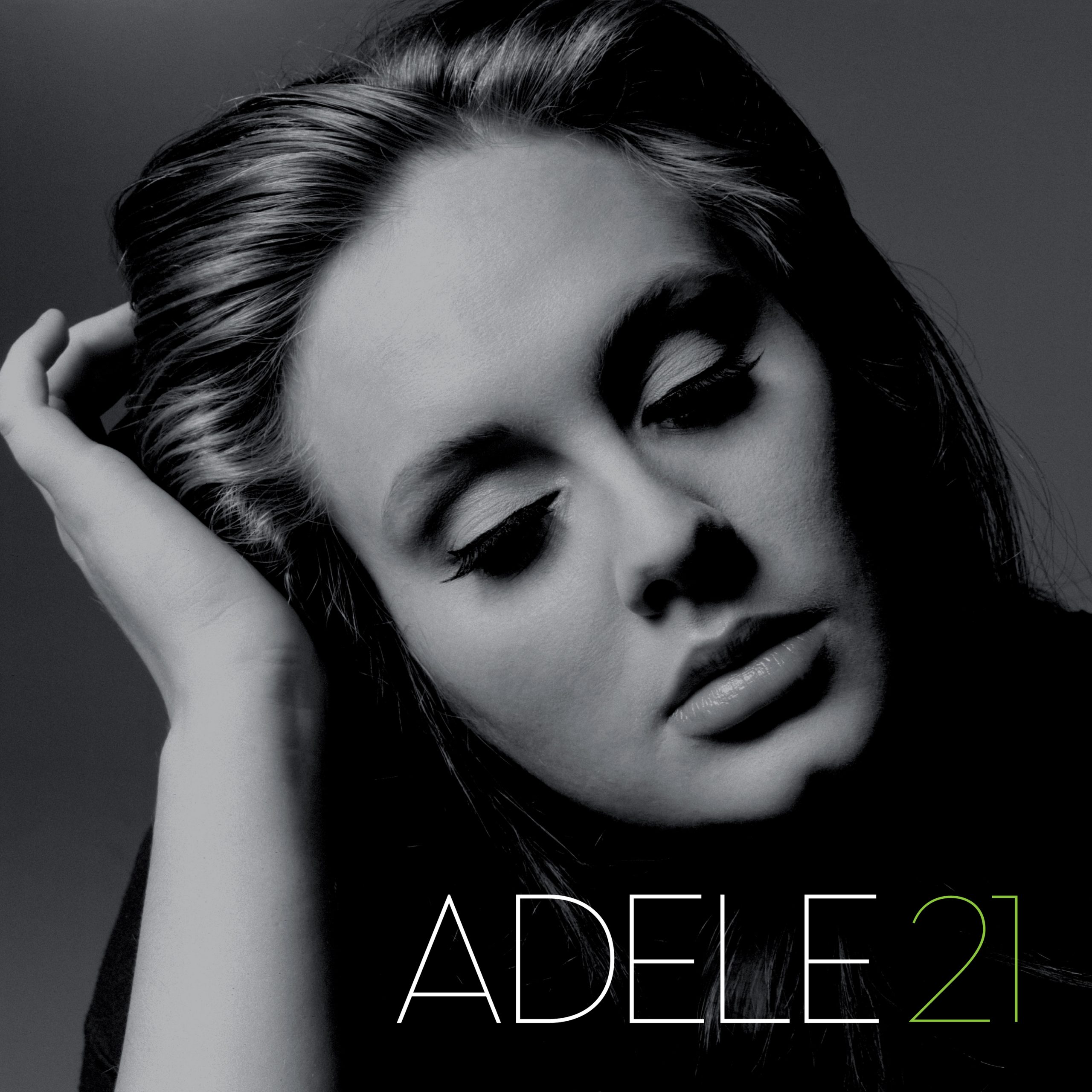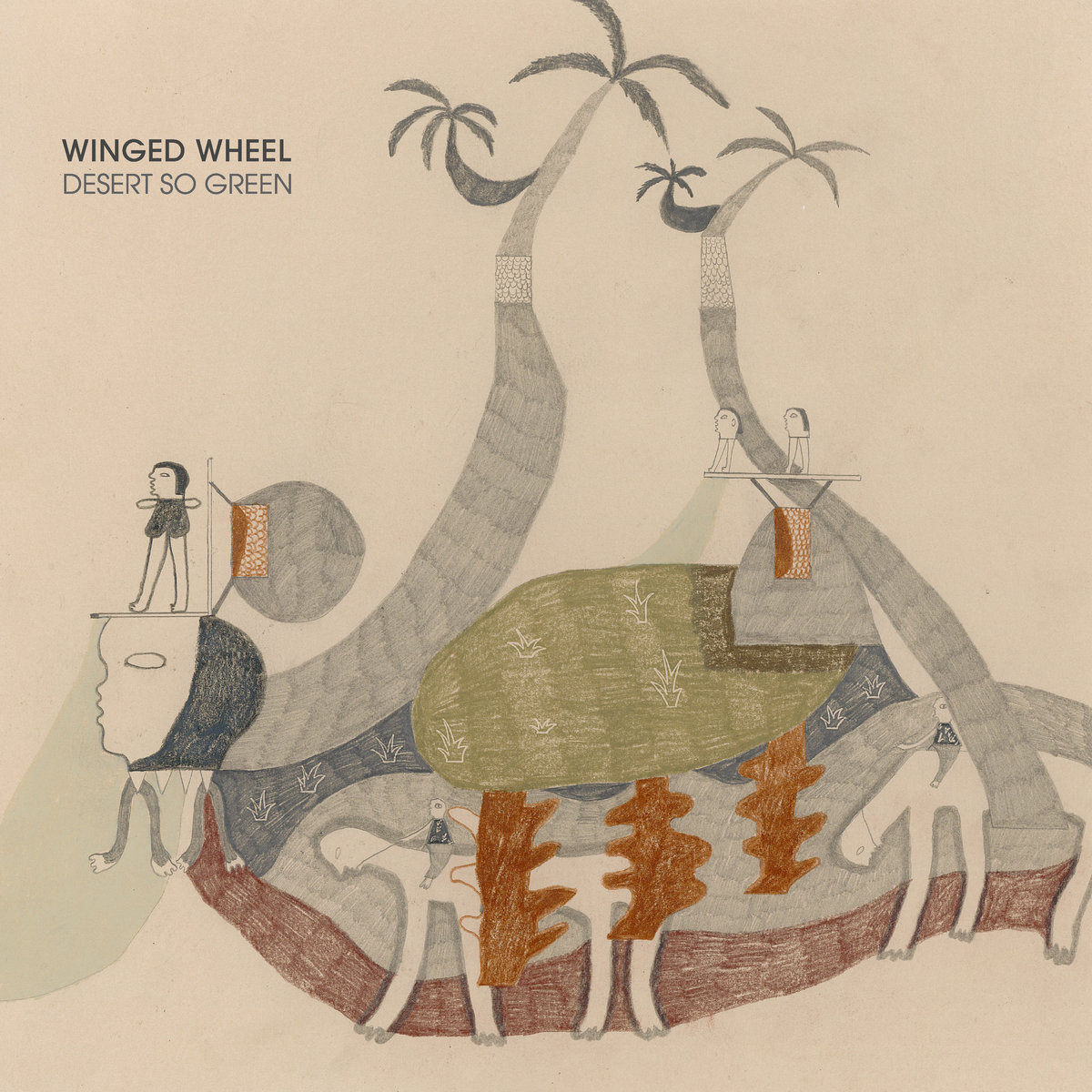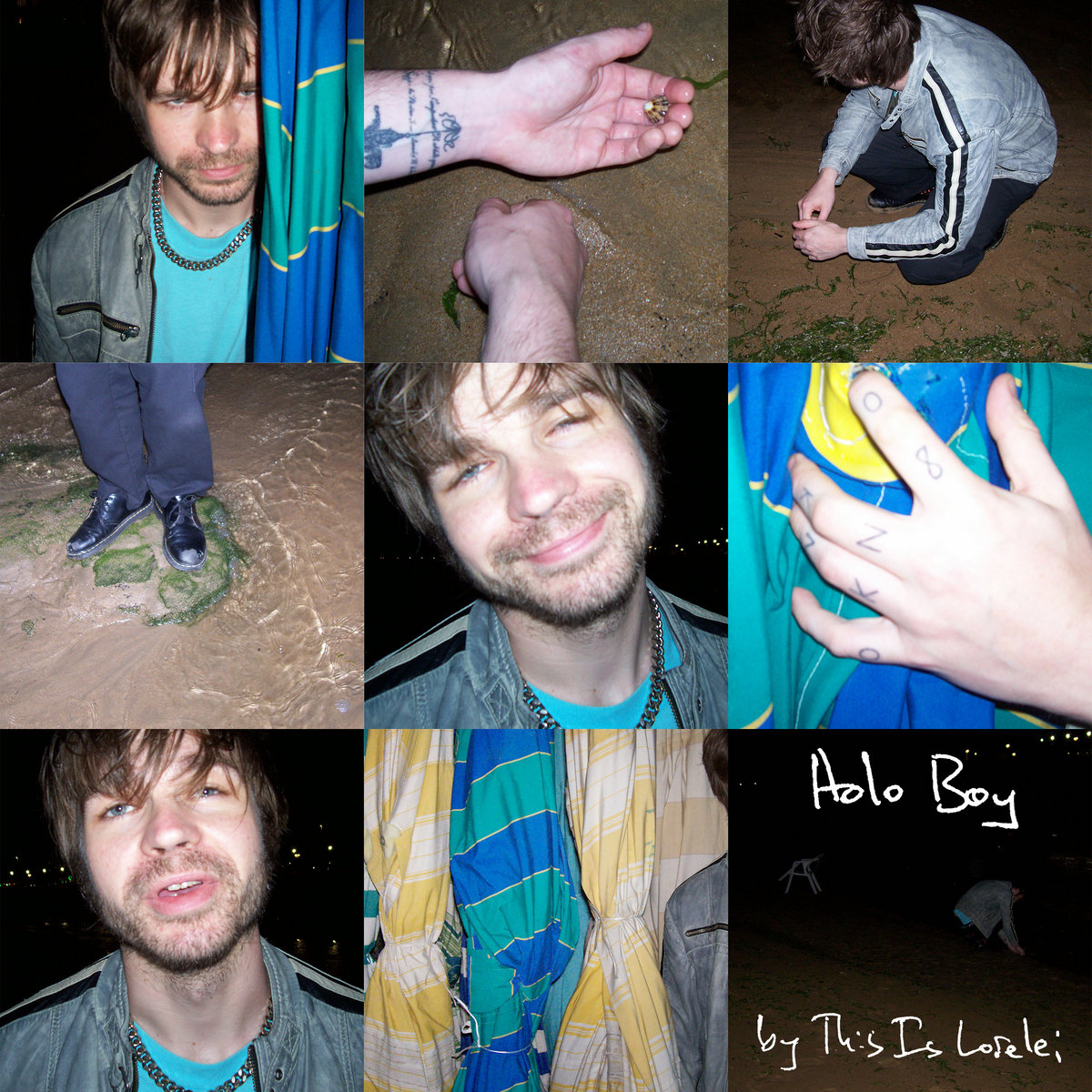About a year after the release of her sophomore album, 21, Adele was the center of buzz at the 54th Annual Grammy Awards. Or at least she was until tragedy struck. Although the evocative, grandiose singer was up for Album Of The Year, Record Of The Year, and Song Of The Year in addition to three other awards, the atmosphere of the Staples Center was somber. The incomparable pop and R&B legend Whitney Houston had died on the evening prior to the telecast, sending the music world into a state of mourning. While the audience fought despair as the unexpected loss of a generational musical hero became the focus of the night, Adele endured a grueling health battle of her own -- returning to the stage just four months after having surgery on her vocal cords.
Initially misinterpreting her throat pain as acute laryngitis while on a promotional tour for 21, Adele was urged by fellow artists -- including John Mayer, Steven Tyler, and Elton John -- to book an appointment with Steven Zeitels, M.D., an industry go-to for voice rehabilitation. Taking heed of their advice, Adele underwent a microsurgical procedure after Zeitels discovered that the irritation wasn't laryngitis but a bleeding benign polyp. After a quarter-year of recovery, pristine voice intact, Adele re-emerged at the Grammys to perform her assertive breakup anthem "Rolling In The Deep" with heartfelt vigor. Despite the shadow hanging over the night, the performance, plus a sweep of all six trophies she was up for, culminated a triumphant album cycle. 21 -- released 10 years ago this weekend in the UK and four weeks later in the US -- established Adele as pop royalty and was immediately canonized as one of history's great, resilient breakup albums.
https://youtube.com/watch?v=uQ7_idx-F34
Coalescing with the longing and monumental wrath that marks the curtain call of any relationship, 21 redefined the nearing decade of existential soul. Though fellow melancholy UK balladeers Sam Smith and Leona Lewis also came to prominence during Adele’s breakthrough era, it was 21 that pioneered an emotive, retro sound that eschewed mainstream trends of 2011. Adele wasn't EDM like David Guetta or Diplo, she wasn't a folk-rock artist like Mumford And Sons, and despite her in-depth knowledge of Nicki Minaj's "Monster" verse, she had nothing to do with what was happening in rap at the time. 21 was refreshingly distinct from the moment, pulling instead from forebears like Dusty Springfield and Amy Winehouse, whose influence on Adele extended beyond musical style. "I picked up a guitar and because of her, I wrote my own songs," Adele once said of Winehouse. "The songs I got signed on were the songs that I wrote completely on my own. If it wasn't for her, that wouldn't have happened." Adele ran with that inspiration and in turn influenced the next era of "sad girl" UK soul artists like Ama Lou, Lianne La Havas and Jorja Smith.
Adele Adkins had first earned her reputation as a new darling of blue-eyed soul with her 2008 debut album, 19, which chronicled her breakout year and reveled in the throes of love. At the time, Adele was transfixed in a budding relationship with a man 10 years her senior. Though her visibility became heightened as 19 was acclaimed by various music publications and she nabbed a Grammy for Best New Artist in 2009, Adele's then-partner was obscure, unseen by photogs and absent from media appearances. The relationship soon became turbulent, but rather than seething in bitterness, Adele turned her breakup into a serendipitous blueprint for her next album. In a 2012 Vogue interview, the singer reflected on her ex-boyfriend, acknowledging his impact on her music, even generously extending credit for his influence. "I can do things that I never dreamed I’d be able to do. If I hadn't met him, I think I'd still be that little girl I was when I was 18," she said. "And the best thing is, I now know what I want for myself and from someone else. I didn't know what I wanted before."
Writing 21 during a three-month stint marked by chain-smoking and bouts of inebriation, it was clear that Adele wanted to process her grieving period through emotive vignettes and a lingering Southern blues influence. While the album was a definitive breakup requiem, Adele's vocals were combative, particularly on foot-stomping opener "Rolling In The Deep," which seamlessly depicted the denial stage of grief: "Throw your soul through every open door/ Count your blessings to find what you look for/ Turn my sorrow into treasured gold/ You'll pay me back in kind and reap just what you've sown."
Recorded one day after Adele split from her ex, "Rolling In The Deep" was conceptualized by the singer and English songwriter-producer Paul Epworth at the suggestion of her manager, Jonathan Dickins. Though fragile, Adele didn't ruminate in her misery, instead using her deadened relationship as ammunition to pull through recording. Though the song was initially meant to be a demo, it ended up becoming the album's lead single and Adele's first American #1 hit. In a 2012 interview with The Independent, Adele recalled how Epworth helped her channel her ferocity for the track:
Epworth exhorted Adele to, "be a bitch about it". [She continued:] "When I'm about to get angry in my heart, I can really feel my blood flowing around my body... And I kept going: 'Feel my heartbeat Paul!' And the beat of the song was my heartbeat... It just built and built." And so "Rolling In The Deep" was born.
21 yielded a multitude of singles just as flared as Adele's pulse. On the militant "Rumour Has It," co-written by songwriter and OneRepublic lead singer Ryan Tedder, Adele tempestuously bellowed to a past lover about her desire to reconcile. Her vocals deluge the entire track, with the chorus belting from Adele’s gut with the atmospheric pacing of an oncoming train. Fire was a repeated motif throughout 21, from the "fire starting in my heart" on "Rolling In The Deep" to the piano-laden melodrama of "Set Fire To The Rain." In full surrender, Adele captivates the track with lush, balladeer instrumentation and disarming accusations: "But there's a side to you/ That I never knew, never knew/ All the things you'd say/ They were never true, never true/ And the games you'd play/ You would always win, always win."
Adele continued to grapple with life's unceasing curveballs when, midway through recording 21, she found out her ex was newly engaged. An album that had been sinewed with anger became a vulnerable refuge. Closer "Someone Like You" was appropriately cushioned within the final stage of grief: acceptance. Still, an underlying part of Adele's psyche was unable to let go. In an interview with American Songwriter last year, "Someone Like You" co-writer Dan Wilson shared his retelling of the song:
"Someone Like You" is a love song from the point of view of a woman who shows up unexpectedly at her married ex's front door, only to be confronted by the fact that he's moved on and has a life and a wife. Whereas she’s never been able to let go. The chorus is ironic: she says she's going to find someone else, but the strange and obsessive part is that she wants to find someone like him. Hopefully not to re-live the entire sad and sordid tale, but one somehow suspects that it will be so.
With coiffed hair and Adele's signature winged eyeliner, the noir visual for "Someone Like You" showed her taking an isolated stroll along the romantic backdrop of Paris. However, she was far from alone, as her sorrow resonated with millions of dedicated listeners. 21 was the best-selling album of 2011 in the US and is one of only two albums released in the 2010s to be certified Diamond by the RIAA. (The other: Adele's 25.) It spawned three American #1 singles in "Rolling In The Deep," "Someone Like You," and "Set Fire To The Rain." The album earned three honors from The Guinness Book Of World Records for its performance on the UK charts, including the records for most consecutive weeks at #1 (11) and most weeks at #1 overall (18) by a female solo artist. Adele's breakup may have been a temporary hurdle, but it spawned an album whose legacy was a testament of her enduring fortitude.






